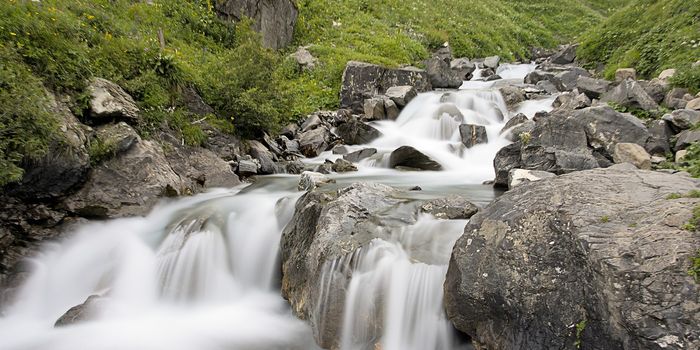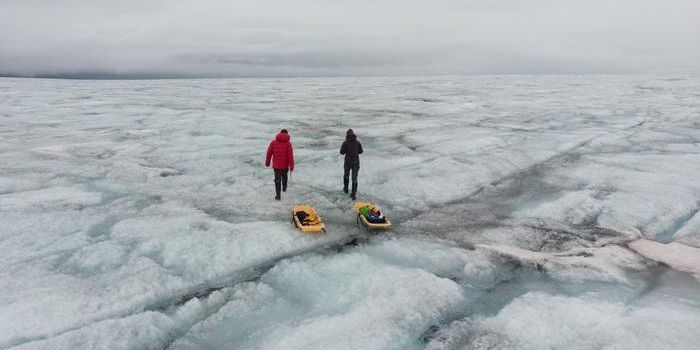Monitoring elephant populations with satellites and deep learning
An exciting development in conservation comes in the form of an automated system that captures high-resolution satellite images in order to count animals in complex landscapes. The imagery taken by the Worldview 3 satellite proved to be as accurate as humans in counting elephants as they traverse diverse African landscapes.
The researchers behind the study hail from the University of Bath, the University of Oxford in England, and the University of Twente. Led by Dr. Olga Isupova, the team created a Convolutional Neural Network surveys images of complex habitats such as forests and grasslands and identify individual animals. Current surveying techniques are tedious and resource-intensive, as they require conservationists and ecologists to count animals from low-flying airplanes. Such airplanes may scare away certain animals and human error in double counting is common. Instead, the satellite paired with the deep learning algorithm can gather more than 5,000 km² of imagery every few minutes.
"Accurate monitoring is essential if we're to save the species," said Dr. Isupova, speaking to the steep decline in population numbers of African elephants due to poaching and habitat fragmentation. "We need to know where the animals are and how many there are." African elephants are considered endangered, with approximately only 40,000-50,000 individuals left in the wild.
This development overcomes the many limitations that human-counters faced in conducting surveys – however, to get to this point wasn’t easy. Elephants, like many other animals residing in the African continent, don’t stay in one easy-to-image background environment.
"This type of work has been done before with whales, but of course the ocean is all blue, so counting is a lot less challenging," laughs Dr. Isupova. "As you can imagine, a heterogeneous landscape makes it much hard to identify animals."

This difficulty was one of the reasons the team chose elephants as their study subjects: they’re big and relatively easy to spot. They hope, in the future, that technology will improve enough to allow them to conduct similar surveys with smaller animals. "Satellite imagery resolution increases every couple of years, and with every increase, we will be able to see smaller things in greater detail," said Dr. Isupova. "Other researchers have managed to detect black albatross nests against snow. No doubt the contrast of black and white made it easier, but that doesn't change the fact that an albatross nest is one-eleventh the size of an elephant."
The researchers hope their model will serve as an inspiration to similar systems that aid conservation efforts. "We need to find new state-of-the-art systems to help researchers gather the data they need to save species under threat," concludes Dr. Isupova.
Sources: Remote Sensing in Ecology and Conservation, Science Daily









